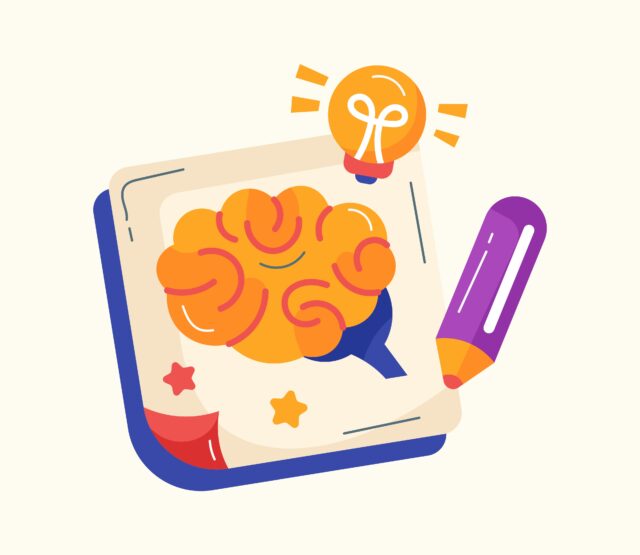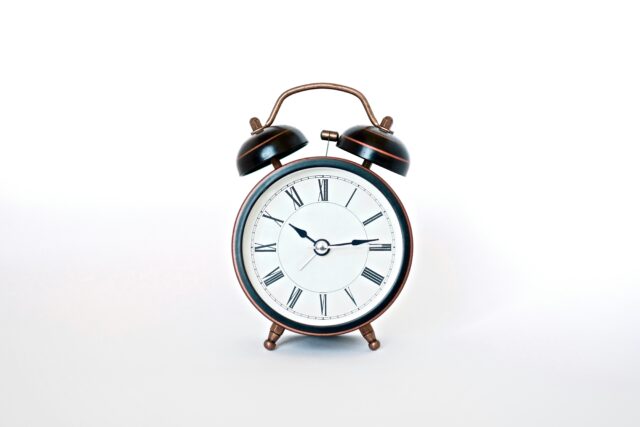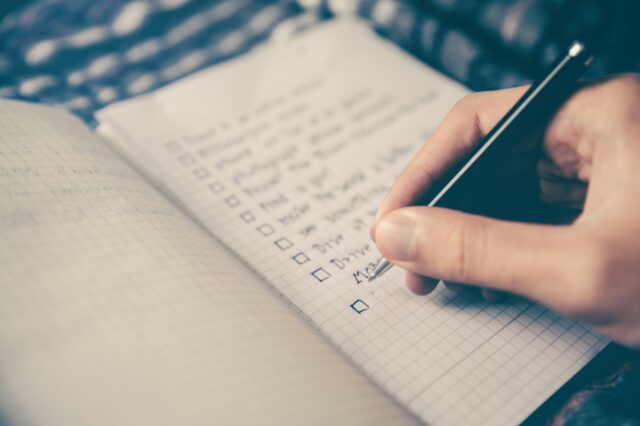 Have you ever felt overwhelmed by new tasks or challenges? Many of us have. The result is a lack of confidence that can carry over to how we perform in certain areas of life. Whether it is at work or in our relationships, our lack of confidence can be detrimental.
Have you ever felt overwhelmed by new tasks or challenges? Many of us have. The result is a lack of confidence that can carry over to how we perform in certain areas of life. Whether it is at work or in our relationships, our lack of confidence can be detrimental.
Intuitively, we perceive a correlation between our level of confidence in something and how well can perform the specific action. Competence lies at the other end of confidence. Or, does it?
There is indeed a correlation between confidence and competence. However, it is not an A-to-B correlation. In reality, these two conditions reciprocally lead to each other. In other words, competence breeds confidence. Conversely, confidence creates competence.
This loop can go on ad infinitum. If you wish to learn more about this loop and, ideally, improve in many areas of life, keep reading!
What is Confidence?
It is best to be clear on what we mean by confidence first. According to the Oxford Dictionary, there are two definitions of confidence.
The first definition involves certainty. More specifically, the Oxford Dictionary defines confidence as being a state of certainty about a fact or event. In common day terminology, it is simply the psychological state of being sure of something in general.
The second definition encompasses the first but touches on self-assurance. Confidence can also be understood as a sense of assurance or certainty about one’s abilities or qualities. It is under this definition that we can talk about the concept of self-confidence.
If we are to incorporate the two definitions together, we will get a better definition of confidence. At their very core, both definitions include certainty. For the purpose of our discussion, we can think of confidence as a psychological state of assurance in our abilities and qualities.
What is Competence?
There is really only one way to understand or perceive the concept of competence. The Oxford Dictionary defines competence as one’s available skill to complete a task.
The completion of the task needs to result in success. The result may also be other desirable outcomes like compromise or efficiency. In short, it is one’s capacity to do something and do it well.
A more psychological and human-resource-specific definition would add the condition of observability to the above definition. Competence in these contexts is the ability to complete tasks successfully. These tasks and the results need to be observable or measurable.
What is the Loop between Confidence and Competence?
Intuitively, we are aware of the correlation between confidence and competence. However, for the most part, what we recognize is how confidence carries over to our ability to perform tasks successfully. In other words, we know that confidence leads to competence. This is a widely accepted concept.
In truth, the relationship between confidence and competence is not a one-way correlation. Many studies are confirming that things can go the other way around. In other words, competence or repeatedly doing something successfully can lead to increased confidence in most individuals.
The loop can be summarized in this way:
Either you believe you can complete a task and do it or you do it repeatedly, become successful, and believe you can complete a task.
The dynamic becomes a perpetual cycle — one in which you want to be involved. In this video, a summary of the loop is provided along with the correlation between confidence and competence.
How was the Confidence-Competence Loop Discovered?
It is challenging to find information about where the concept started. However, if you try to look the concept up online, numerous sources would attribute their knowledge of the loop to one book.
Sometime in the 1990s, Susan Jeffers published “Feel Fear and Do It Anyway”. In the book, she pointed out several techniques to overcome paralysis from feeling fear. According to Jeffers, fear is not the problem since many have achieved remarkable feats despite feeling fear.
According to her, we need to believe in our capacity to live past failure. To her, success comes once we have developed the psychological muscle for experiencing failure and shrugging it off. By performing actions and failing, we become more resilient. With resilience comes a predisposition to accept challenges and develop confidence.
The book served as one of the earliest inspirations for doing tasks repeatedly to develop an ability to perform them successfully later on.
How Can Knowing About the Confidence-Competence Loop Help Us with Leadership?
Being in a position of leadership provides an opportunity to instill confidence and improve competence. It is probably the main job description, barring other contractual obligations that go with the job.
The loop can aid us individually and how we go about improving the performance of the people we lead.
Individually, the loop reinforces the idea that nobody improves with avoidance. As leaders, we face novel challenges. To overcome the fear that comes with unfamiliarity and discomfort, we need to develop confidence. Developing confidence requires repetition and repeated success — no matter the size.
This is a lesson we can apply in the workplace to the people we lead. As leaders, it is our responsibility to provide opportunities for repeated tasks. The result will be employees who do not fear failure and master skills. This in turn results in confidence.
Two Examples of the Loop in Action
Either condition involved in the loop can be a prerequisite or a result. In no other area is the loop more discussed than in the realm of athletics.
Example #1. Ivan Abajaev
We see the loop in action with Olympic weightlifters who practice technical lifts day in and day out. More than developing the technique and strength necessary for the snatch and clean and jerk, they develop the ability to complete these lifts.
By repeatedly and successfully performing these lifts in the weight room, weightlifters develop more confidence. Arguably, the perfect example of a coach who put the confidence-competence loop into practice was Ivan Abajaev.
Ivan Abajaev was the coach for the Bulgarian national weightlifting team. His training system was famous for creating weightlifters who barely fail lifts. He achieved these results through frequency.
His training program required athletes to perform the main lifts — the snatch and the clean and jerk — on a near-daily basis. In addition, he has another condition for all of his athletes. The condition is that they should not miss or fail any lifts.
To Ivan Abajaev, athletes need to practice. The practice serves two purposes — to train a skill and to instill assurance in performing the skill successfully.
Ivan Abajaev’s reason for banning failed lifts stems from the idea that failure disrupts assurance. And, self-assurance or confidence can diminish athletic performance. This is especially true for sports with the same technical requirements as Olympic weightlifting.
Example #2. Pavel Tsatsouline
Pavel Tsatsouline is a Russian-born fitness expert credited for the kettlebell’s popularity in the West. If you visit a gym and see so many kettlebells lying around, you have him to thank for that.
Pavel Tsatsouline continues to certify fitness professionals in kettlebell training and strength and conditioning. Central to his concept is something he terms as “Greasing the Groove”. Greasing the Groove or GTG is a way to work towards a skill one wishes to develop. The method relies upon performing easy regressions of a certain skill to gain mastery of it.
The keyword is “easy”. This means the skill needs to be performed by someone who is not in a state of fatigue — a far cry from how athletes in the West regularly trained.
For example, if a person wishes to do 10 pullups unbroken, he or she would have to perform one to two pull-ups every day. Indeed, this is easier.
However, because the risk of success is high, a person gets practice time and develops confidence in the movement. Later on, the person develops enough strength and muscle memory to perform the 10 pullups. This then leads to more confidence in performing 10 pullups again on another day.
Key Takeaways
Confidence and competence are not just two sides of the performance coin. They are more like the heart and lungs that share a codependent correlation.
Ultimately, the confidence and competence loop allows us to experience more success with each accomplishment. Competence develops with repetition and success. With repeated success comes a sense of certainty in one’s abilities.












